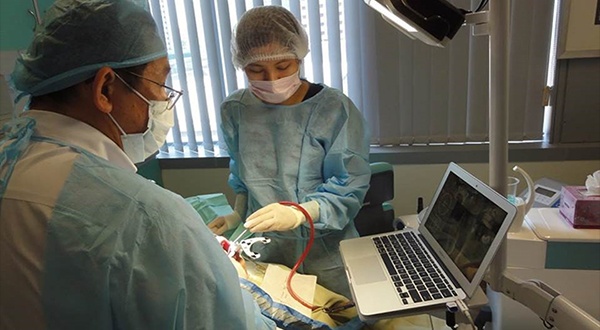The following are excerpts from a HMMC (www.hmmc.com) seminar presented by Andrew Van Ostrand, HIDA VP Policy and Research.
Healthcare Reform Highlights
- 32 million will have access to some form of insurance
- Medicaid expansion, creation of insurance Exchange, premium subsidies, and subsidies to qualifying small businesses
- Projected to cost $940 billion over ten years; reduce deficit by $143 billion
- $420 billion in revenue through tax on high-cost insurance plans, Medicare cuts, penalty tax on employers and uninsured individuals, medical device tax
- Individual insurance mandate / Employer shared responsibility
What does reform mean for:
HOSPITALS
Win
- Millions in payments for “qualifying hospitals” in 2011-2012, located in traditionally low-cost Medicare service areas
- New financial incentives and reporting requirements to ensure higher quality of care, reduce hospital readmissions, and decrease medical errors and HAIs
- Uncompensated care provided by hospitals will decrease
- Final legislation reduces DSH cuts
Loss
- Hospitals agreed to billion in payment reductions and DSH cuts over ten years
- May be subject to recommendations by Independent Medicare Advisory Board
- Market basket update would be reduced 0.25% in FY10-11, 0.1% in FY12-13; conditional reduction of 0.2% FY14-19
PHYSICIANS
Win
- Medicaid payments will be equal to Medicare in 2013-14 for primary care physicians
- Medicare incentive payments to primary care physicians
- General surgeons in professional health shortage areas eligible for bonus payments
- Reallocation of vacant residency slots for states with doctor shortages
- Increased grants and scholarship opportunities for primary care doctors
Loss
- Primary care docs who see Medicaid patients will face a budget cliff in 2015
- No permanent fix for SGR
- Pilot program to bundle payment
- Pilot program for tort reform
EXTENDED CARE
Win
- No targeted reductions to the SNF market basket for 2010, 2011
- Mandates a GAO study on the Five-Star Quality Rating System
- Some funding for long term care facilities health IT investments
- Creates a new Medicare, home-based attendant program for people with disabilities, reducing strain on nursing homes
- CLASS Act creates new funding scheme for home- based, non-medical expenses
Loss
- Expands DMEPOS Competitive Bidding Program
- Expands the RAC audit program into Medicare part C and D
- Reduces the SNF market basket update in 2012, requires additional background checks for SNF employees
- Requires HHS to consider DME supplier volume when setting surety bond requirements/levels
- Eliminates 2% payment rate increases included in Round 1 of competitive bidding
MANUFACTURERS
Win
- Newly insured population creates potential for additional business to be driven through the supply chain
- Device registry requirements were left out of the final reform package
- Increased number of insured, and reduction of uncompensated care, may drive new business opportunities
- 2.3% medical device excise tax is not directly collected at the Distributor level
- Physician gift disclosure does not apply to medical products Distributors
Loss
- 2013, Manufacturers will have to report gifts and payments to physicians
- 2.3% excise tax on medical devices, collected at first point of sale
- Tax on the supply chain/ manufacturers may have indirect effects on the cost of products throughout the supply chain
MEDICAL DEVICE EXCISE TAX
- Excise tax is to be paid by manufacturers when they sell a medical device at the point of first product sale –to an end user or a distributor
- Class I device tax exemption was removed; narrow Class I exemptions remain for certain retail sales only
- Tax rate was reduced to 2.3% from 2.9%, and collection will begin in 2013 instead of 2011
- Federal government will see $20 billion in revenue from the tax, as opposed to $40 billion proposed initially
Medical Device Tax Advocacy: Distribution Impact
PHYSICIAN PAYMENTS SUNSHINE PROVISION
- Manufacturers of drug, device, biologics, and medical supplies covered under Medicare, Medicaid, or SCHIP must report payments made to physicians on an annual basis
- Requires manufacturers to begin reporting gifts or payments worth more than $10 no later than March 31, 2013
- Reports will be made publicly available online by HHS
- About 12 states have or are considering gift disclosure requirements; new law does not preempt state reporting requirements


